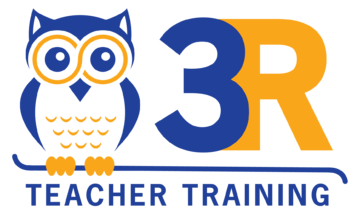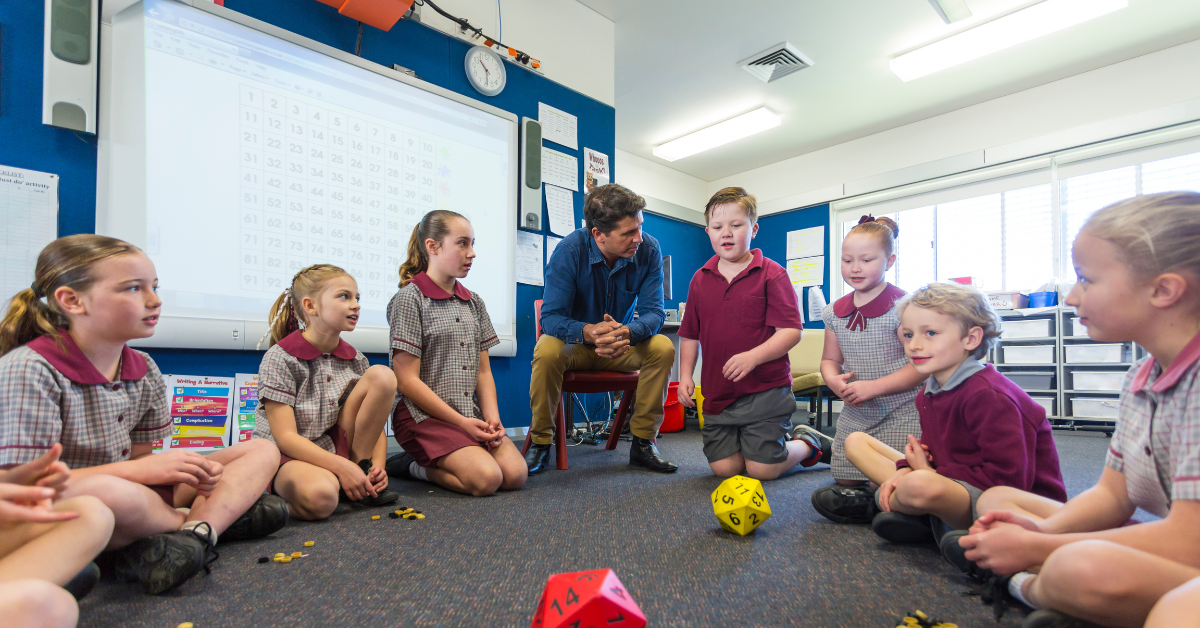Gone are the days when a math classroom echoed with the sound of pencil scribbling and little else. When I stepped into a classroom just a few years ago, I found a typical scene, students quietly working on problems with occasional nods from the classroom teacher. Fast forward to today, I now find a bustling hub of discussion and exploration in the classroom. Wondering what’s changed? Let's dive in!
Mathematical discourse, in simple terms, is all about talking about math. Sounds straightforward, right? Yet, this shift towards open conversation in math has opened doors in ways teachers hadn't imagined. When students talk about their mathematical thinking, they process their understanding, affirm or adjust their strategies, and build genuine confidence in the subject. Moreover, recent studies consistently show that incorporating discourse can enhance comprehension and retention.
During one of my visits to a classroom to observe a student teacher's lessons on multiplication, a student named Timothy was struggling. He looked at me as someone who could help solve his problem, but instead of offering a direct solution, I asked, “Can you tell us (me and his quad of peers) how you approached this problem?” The act of verbalizing his method not only helped him identify where he got stuck but also allowed his peers to offer their suggestions. There’s magic in letting students turn to their buddies and discuss. I remember a lesson on fractions where students debated enthusiastically about pizza slices, effectively visualizing fractional parts. By sharing and listening, they often teach and learn from each other in ways that surprise even me!
Another game-changer is shifting your response from “What's your answer?” to “How did you arrive at that answer?” The depth of thought these open-ended questions elicit is genuinely remarkable. I've seen the power of tools first-hand. When introducing geometry, using tangible shapes brought lively discussions about edges, vertices, and faces. The tactile experience, paired with discourse, made abstract concepts concrete. Who knew a conversation about sharing a box of crayons could lead to an enlightening lesson on division? Students engage at a different level when math problems resonate with real-life situations.
Make no mistake, this isn’t a free-for-all. A crucial first step is setting ground rules. In any classroom, we should have two primary rules. First, everyone's voice matters, and there's no such thing as a ‘silly question.' This ethos ensures that students respect diverse perspectives and feel valued. Not every day is smooth sailing. Sometimes discussions go off-course, or one voice might dominate. I can recall a day when the topic of triangles mysteriously turned into a chat about a favorite TV show. The trick lies in gently steering the conversation, reminding students of the topic, and ensuring inclusivity.
An old colleague recently shared how thrilled she was after introducing discourse in her classroom. Not only did her students show a noticeable improvement in their tests, but they also displayed a newfound enthusiasm for math, asking more profound, insightful questions and collaborating more effectively. The journey from a silent classroom to one filled with lively mathematical chatter has been transformative. While the initial transition required some adjustments and patience, the results have been profoundly rewarding in terms of student understanding, engagement, and confidence.
I hope this glimpse into the buzzing world of mathematical discourse inspires you to experiment, adapt, and witness the transformation in your classroom. After all, in the wise words of Dr. Seuss, “Sometimes the questions are complicated, and the answers are simple.” Let's get our students talking! I highly recommend Jo Boaler's “Mathematical Mindsets” and the National Council of Teachers of Mathematics website for those eager to delve deeper. They offer invaluable insights and resources for fostering effective mathematical discourse.

